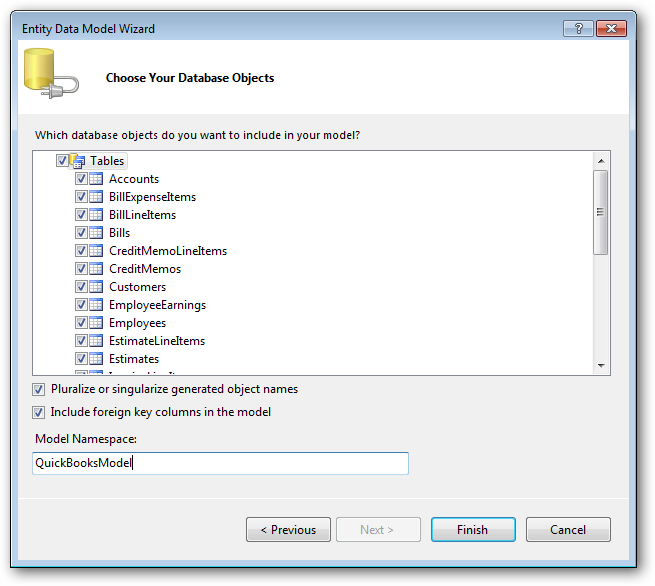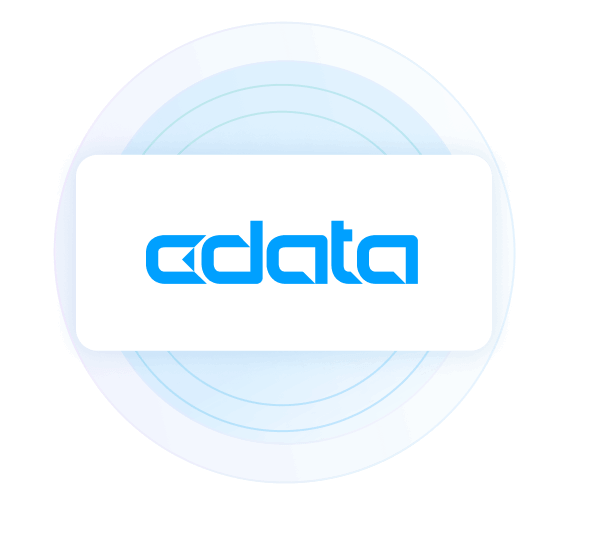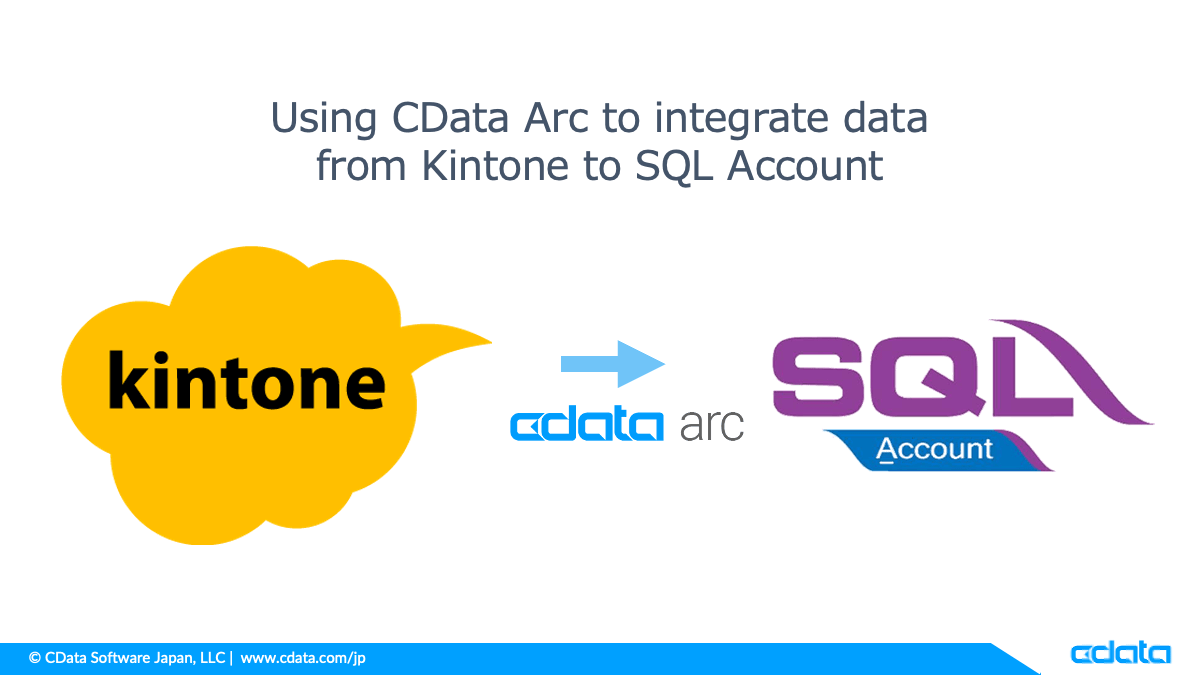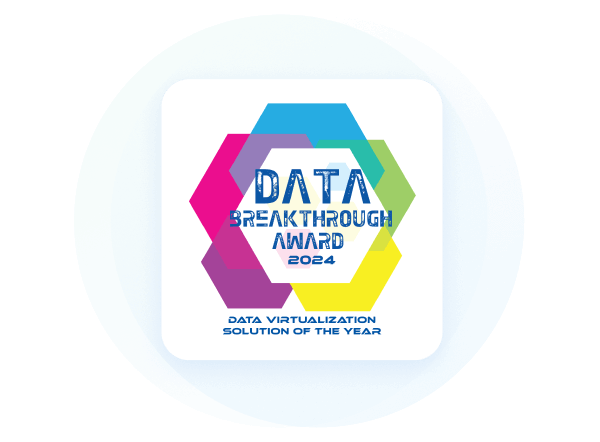Discover how a bimodal integration strategy can address the major data management challenges facing your organization today.
Get the Report →LINQ to Dynamics CRM Data
LINQ offers versatile querying capabilities within the .NET Framework (v3.0+), offering a straightforward method for programmatic data access through CData ADO.NET Data Providers. In this article, we demonstrate the use of LINQ to retrieve information from the Dynamics CRM Data Provider.
This article illustrates using LINQ to access tables within the Dynamics CRM via the CData ADO.NET Data Provider for Dynamics CRM. To achieve this, we will use LINQ to Entity Framework, which facilitates the generation of connections and can be seamlessly employed with any CData ADO.NET Data Providers to access data through LINQ.
See the help documentation for a guide to setting up an EF 6 project to use the provider.
- In a new project in Visual Studio, right-click on the project and choose to add a new item. Add an ADO.NET Entity Data Model.
- Choose EF Designer from Database and click Next.
- Add a new Data Connection, and change your data source type to "CData Dynamics CRM Data Source".
Enter your data source connection information.
The connection string options meet the authentication and connection requirements of different Dynamics CRM instances. To connect to your instance, set the User and Password properties, under the Authentication section, to valid Dynamics CRM user credentials and set the Url to a valid Dynamics CRM server organization root. Additionally, set the CRMVersion property to 'CRM2011+' or 'CRMOnline'. IFD configurations are supported as well; set InternetFacingDeployment to true.
Additionally, you can provide the security token service (STS) or AD FS endpoint in the STSURL property. This value can be retrieved with the GetSTSUrl stored procedure. Office 365 users can connect to the default STS URL by simply setting CRMVersion.
Below is a typical connection string:
User=myuseraccount;Password=mypassword;URL=https://myOrg.crm.dynamics.com/;CRM Version=CRM Online;- If saving your entity connection to App.Config, set an entity name. In this example we are setting DynamicsCRMEntities as our entity connection in App.Config.
- Enter a model name and select any tables or views you would like to include in the model.


Using the entity you created, you can now perform select , update, delete, and insert commands. For example:
DynamicsCRMEntities context = new DynamicsCRMEntities();
var accountQuery = from account in context.Account
select account;
foreach (var result in accountQuery) {
Console.WriteLine("{0} {1} ", result.Id, result.FirstName);
}
See "LINQ and Entity Framework" chapter in the help documentation for example queries of the supported LINQ.






